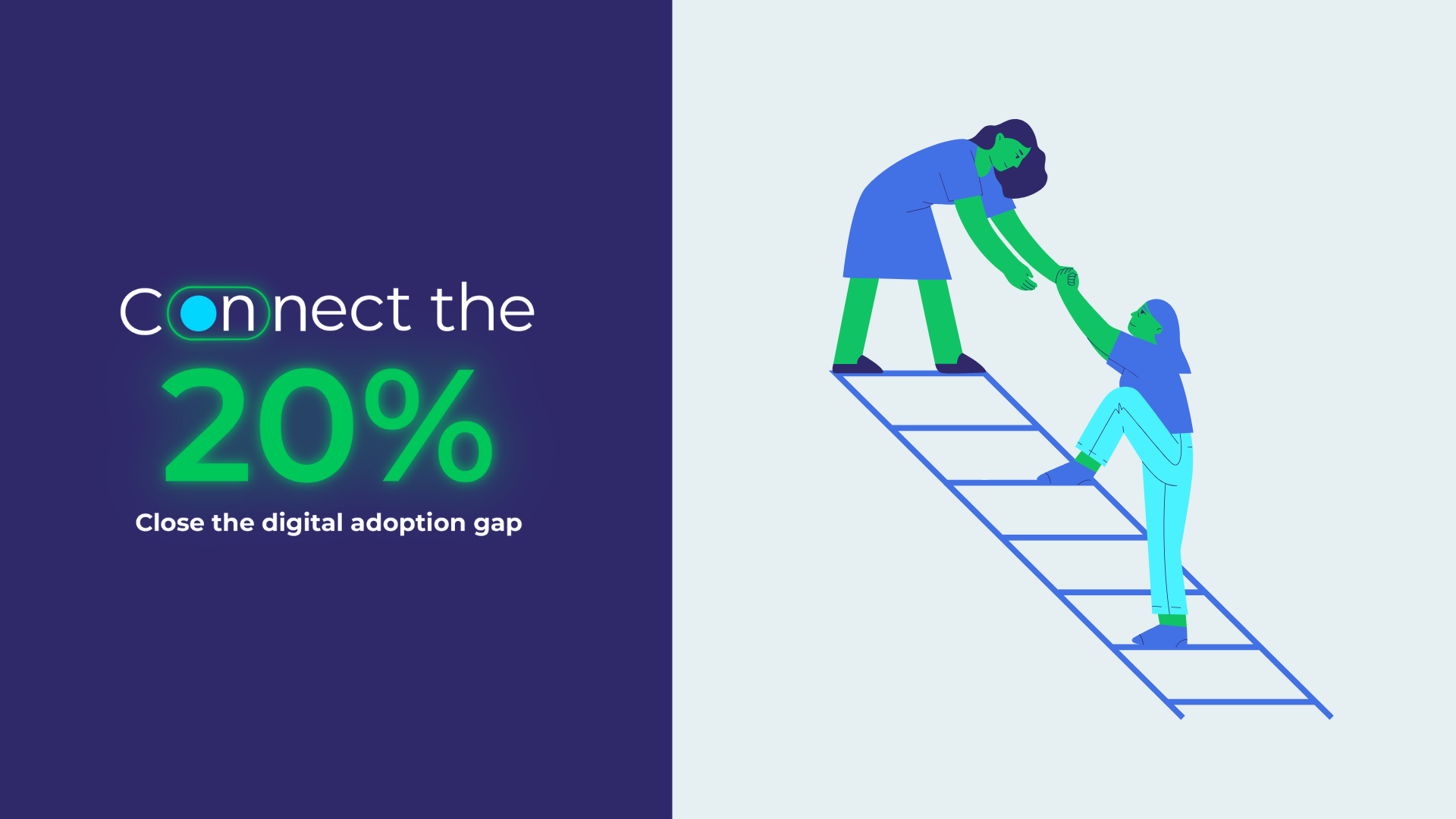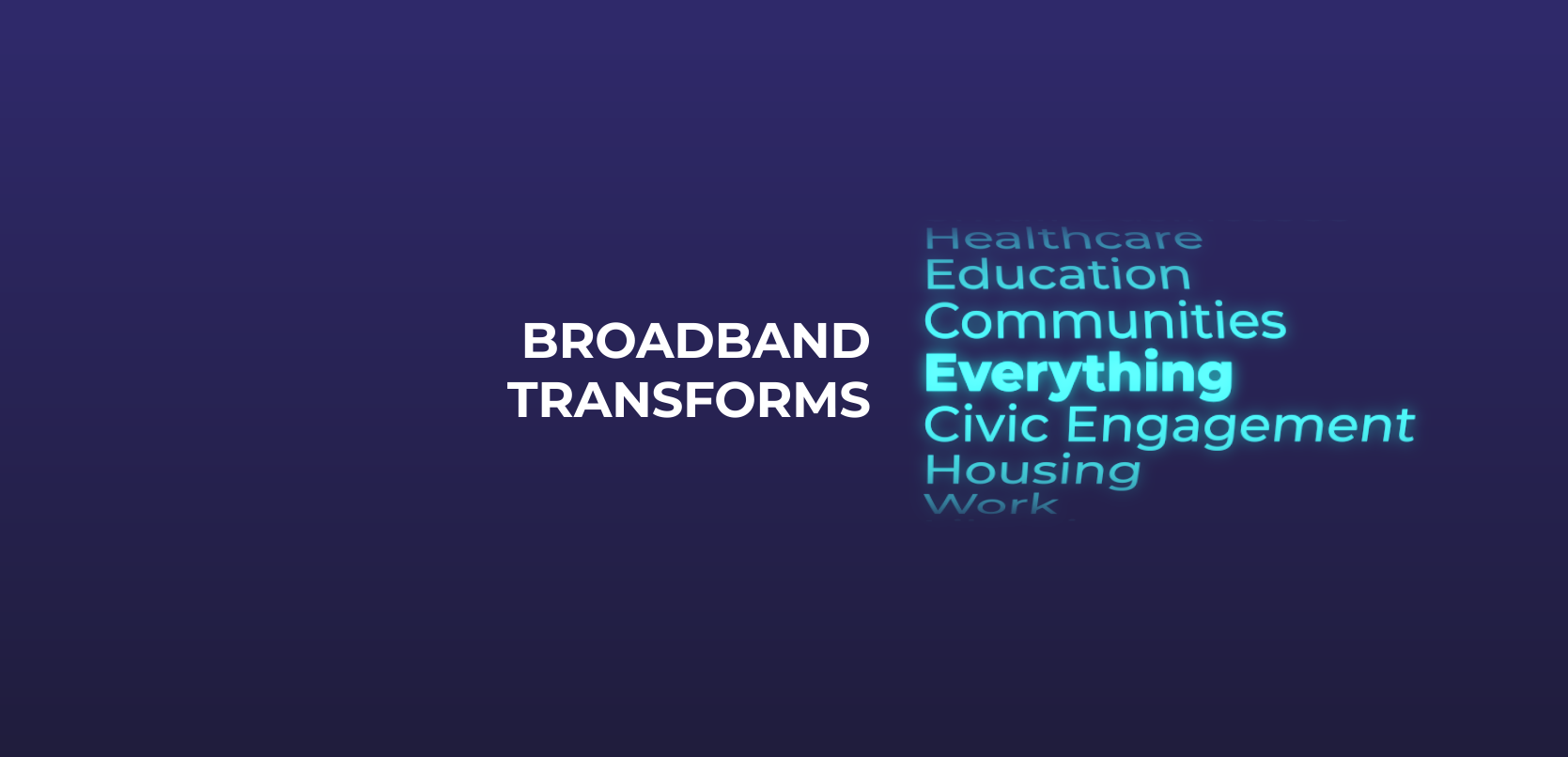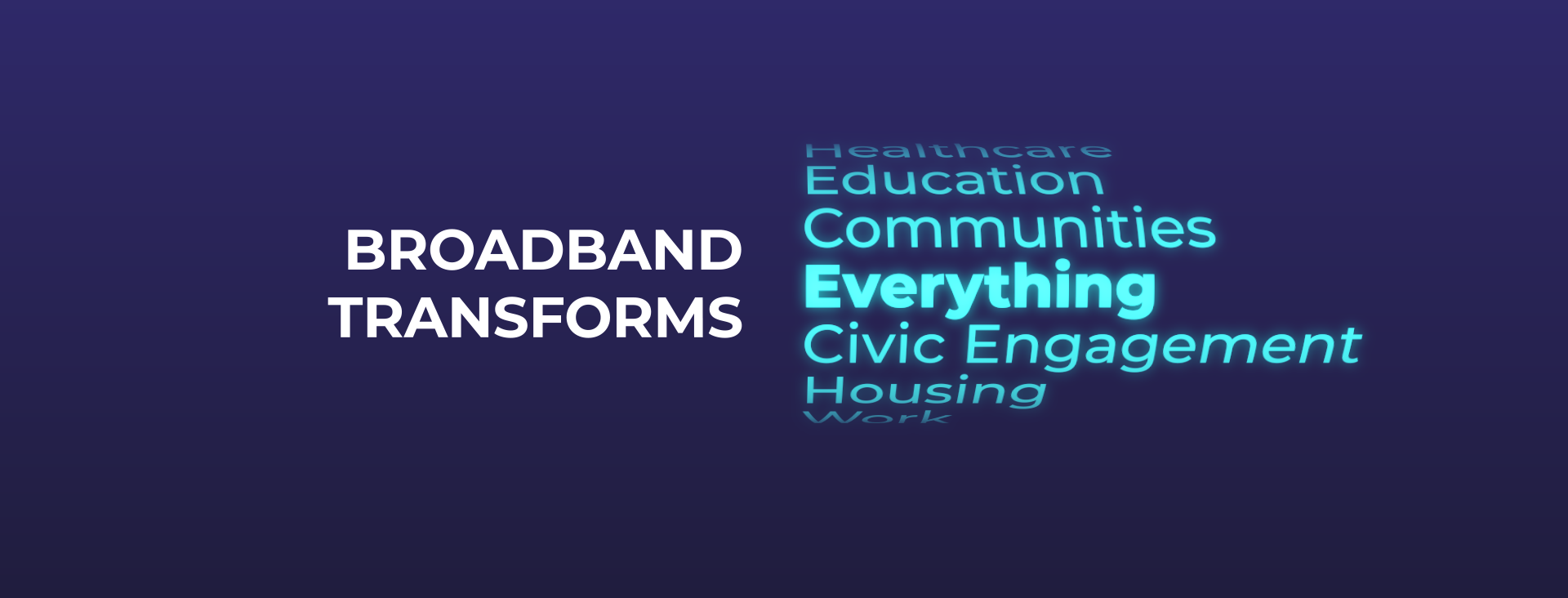We at Network:On have been focused on the importance of broadband adoption as we introduced our new Connect 20 tagline. After speaking to the experts and seeing the data, one conclusion stands out: digital navigators are key to encouraging digital adoption.
The Information Technology and Innovation Foundation released a new report which found that “the digital divide is more a problem of adoption than deployment.” And what drives adoption? Digital navigators. 40 percent of respondents in a BCG survey said that “having someone walk [them] through the process [of getting online]” is one of the most important changes necessary to make them apply for a no-cost Internet plan.
Well-trusted community members acting as digital navigators provide much needed guidance, answer questions, and support efforts to get connected and we are seeing their work make a real impact. In Hamden Public Library in Connecticut, a digital navigator introduced Victoria Morrell to modern technology, provided tutorials on how to use it, and ultimately helped her rejoin the workforce. In Maine, the National Digital Equity Center works with older adults and tribal communities, directing them toward the right resources. OCA-Asian Pacific American Advocates hired digital navigators that understood the nuances between different Asian American communities.
Benton Institute Senior Fellow John Horrigan praised digital navigators as well, describing their efforts as “important” in a conversation with Network:On about broadband adoption.
Earlier this month, Network:On attended the Broadband Communities Summit, where broadband leaders from across the country met to discuss broadband deployment and adoption. Here were some of our key takeaways on how digital navigators can play a key role in closing the digital divide:
1. Everyone’s needs are different, so it’s important to keep that in mind when looking for ways to get people online, and we need human help – we can’t rely on technology alone to solve this problem.
2. One of the main ways to get information to people is through the internet, but for the 20% of American households who are not yet online, you need on-the-ground efforts to get them information about programs like Lifeline and the Affordable Connectivity Program (ACP).
3. A key barrier to getting someone to use a program like ACP is trust, so digital navigators must be trusted messengers. One successful example was hiring residents at a community housing development to help their neighbors get online.
America’s Excellent Internet is paving the way for a better future for us all by powering the discoveries that will transform how we live, work, and play.
It’s clear: the digital navigator model works and is easily replicable and adaptable to unique communities and circumstances nationwide. Policymakers should prioritize funding digital navigator programs to close the digital adoption gap.




